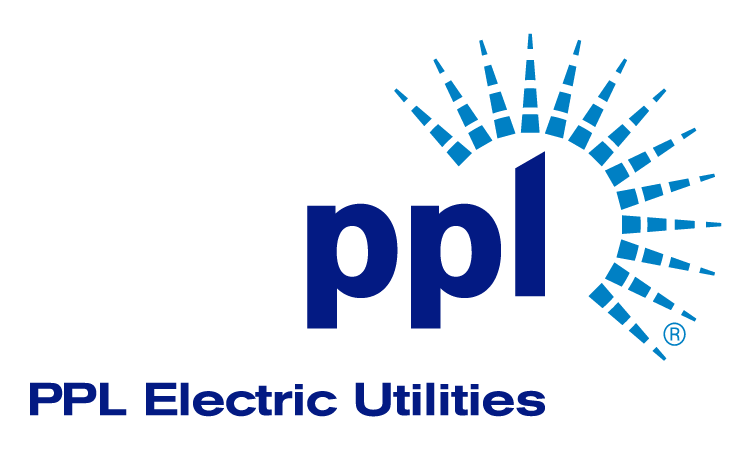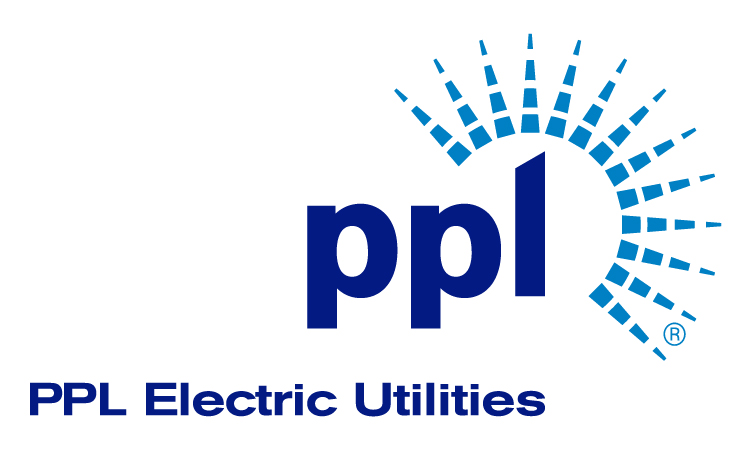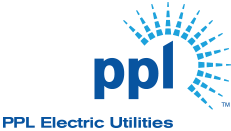Builders
Builder Resources
Program participants gain access to an extensive and growing collection of marketing material, technical resources, and training.
In addition to the resources provided below, builders who join the program have access to program experts offering customized technical support and marketing assistance. Participants also receive updates on the program and industry best practices.
Marketing Materials
Download program brochures for:
Become an ENERGY STAR Partner to gain access to the following materials:
- ENERGY STAR Certified New Homes brochure
- ENERGY STAR Sales Packet
- Listing on the New Homes Partner Locator
Develop your own co-branded ENERGY STAR marketing materials. Contact us to gain access to the following materials:
- ENERGY STAR co-branded brochures
- ENERGY STAR co-branded banners
- ENERGY STAR consumer video for use on partner websites
Request Model Home Signage for energy-efficient new homes:

(Recommended to print 8.5 x 11, double-sided on card stock paper and place in acrylic sign holders)
Contact the Program Manager to request the standard signage (shown above) or a custom branded version with your company’s logo.
ENERGY STAR materials provided by the U.S. Environmental Protection Agency. PPL New Homes Program materials provided by PPL.
Presentations
PPL Webinar: Heat Pump Water Heaters & Program Updates
Technical Resources for Builders
- Download Guidelines for ENERGY STAR Certified Homes Version 3.1
- Access the Building America Solution Center
- Direct your HVAC contractor to become a credentialed HVAC contractor
- Find a credentialed HVAC contractor: ACCA HVAC Contractors List
Energy Codes
Under the new code adopted in 2018, all new construction homes with contracts signed or permit applications submitted on or after October 1, 2018, are subject to the following new standards:
- Blower Door Testing is now a mandatory requirement for all new homes in PA.
The maximum air leakage rate for all new homes is 5.0 ACH50 – an amendment of the 2015 IECC of 3.0 ACH50 made by the UCC Review & Advisory Council (RAC). New code requires homes to be tighter than the 7.0 ACH50 under 2009 IECC testing. the maximum air leakage rate in Pennsylvania will be a mandatory requirement, meaning it is a hard cap for all compliance paths, with no tradeoffs allowed. The prescriptive air barrier and insulation installation criteria are also mandatory for every home. - Maximum duct leakage limits reduced by two-thirds.
Like the 2009 IECC, the 2015 IECC requires duct leakage testing for any HVAC system with some portion located outside the building thermal envelope. In addition to the reduction in maximum duct leakage allowed by the 2015 IECC, the new standards eliminate the leakage to outdoors option and required a maximum of 4 cfm25/100 sqft of conditioned floor area, down from 12 cfm25/100 sqft in the 2009 IECC. PA amended duct requirements by allowing building cavities to be used as return air ducts. - Thermal Envelope R-values Increased.
The most significant thermal envelope R-value increases come in Climate Zones 4 and 6, with the prescriptive above-grade wall R-value in CZ4 increasing from R-13 to R-20 or 13+5 (cavity + continuous insulation), and increasing in CZ6 from R-20 or 13+5 to R-20+5 or 13+10 or 18+6.5. (The 18+6.5 is a Pennsylvania-specific amendment.) In most cases, this change will mean upgrading from 2×4 to 2×6 walls or adding exterior rigid foam in CZ4, and adding exterior rigid foam in all cases in CZ6. - 75% High-Efficiency Lighting Required.
High-efficiency CFLs, LEDs, or T-8 or better linear fluorescents must be used under the 2015 IECC, with the option to have 75% of fixtures containing only highly efficient lamps. This allows more flexibility when a lighting design calls for one or more fixtures containing many lamps, like a chandelier. - Energy Rating Index (ERI) Compliance Alternative allows for flexibility.
Items like reduced envelope and duct leakage rates and increased equipment efficiencies can offset reductions in thermal envelope R-values and other provisions. This flexibility is limited by the requirement that all items designated as “mandatory” (e.g. maximum envelope leakage of 5.0 ACH50) are still met and by a provision stating that envelope R-values may not be reduced to below 2009 IECC prescriptive values. - Additional changes
Other minor changes include an increase of the minimum R-value for return ducts in attics from R-6 to R-8 and a decrease in maximum window U-factors from 0.35 to 0.32.
Builders who are unfamiliar with blower door testing or duct leakage testing, or who are unsure what changes to their construction practices will be needed to achieve the maximum leakage rates, should begin working with a RESNET-certified Home Energy Rating System (HERS) Rater now. These trained energy professionals will be able to provide consulting on envelope and duct sealing techniques, proper insulation installation, and many other energy-related practices.
To get started, find a program participating HERS Rater. HERS Raters can also test homes completed prior to October 1, 2018, to increase confidence that future homes will be energy code compliant.


